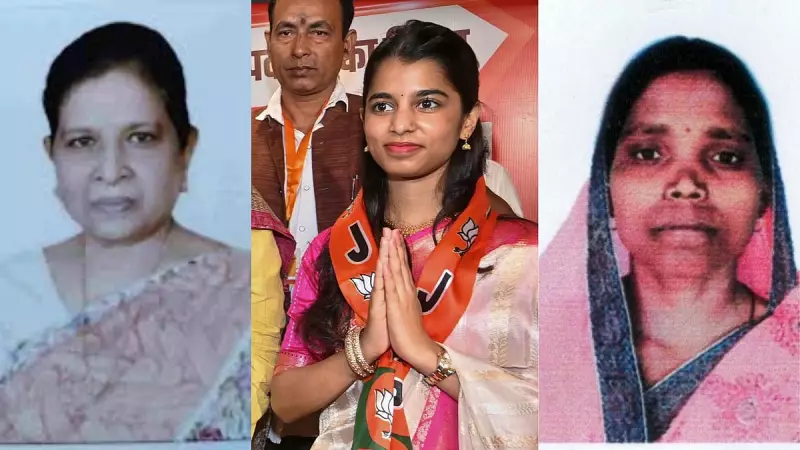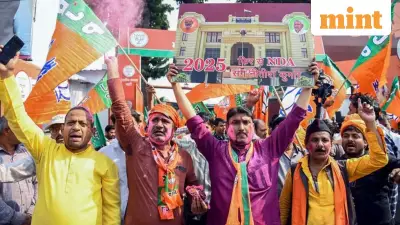
The Bihar Assembly Election 2025 concluded with a significant gender disparity in both candidature and results. While a record number of women entered the political fray, their journey to the legislative house remained challenging with only a few managing to secure victory.
Women's Participation in Numbers
Out of 2,615 total candidates who contested the Bihar Assembly elections, only 258 were women. This represents less than 10% of the total candidate pool, with male candidates dominating at 2,357. The figures highlight the continuing gender gap in political participation despite efforts to encourage women's involvement in the democratic process.
The election, whose results were declared on November 14, 2025, saw women candidates competing across various constituencies. However, the conversion rate from candidature to actual seats remained disappointingly low, reflecting the persistent barriers women face in Indian politics.
Constituency-wise Performance Analysis
Women candidates contested across multiple constituencies including Valmiki Nagar, Ramnagar, Narkatiaganj, and many others spanning the entire state. From Bagaha to Lakhisarai, and from Patna Sahib to Gaya Town, female candidates tried their political luck.
The results showed that women performed better in some urban constituencies compared to rural areas, though exceptions existed in both categories. Constituencies like Patna Sahib and Kumhrar saw competitive women candidates, while traditional strongholds continued to favor male politicians.
Political Representation and Future Implications
The low success rate of women candidates in Bihar Assembly Election 2025 raises important questions about women's political representation in one of India's most populous states. Despite constituting nearly half of the electorate, women remain significantly underrepresented in the legislative assembly.
Political analysts suggest that while the number of women contestants has increased compared to previous elections, structural barriers including party support, funding, and societal attitudes continue to hinder their electoral success. The results underscore the need for more substantial measures to ensure gender equality in political representation.
As Bihar moves forward with its new government, the minimal presence of women in decision-making positions could impact the prioritization of women-centric policies and legislation. The election outcome serves as a reminder that numerical participation doesn't necessarily translate to proportional representation in the power structure.





